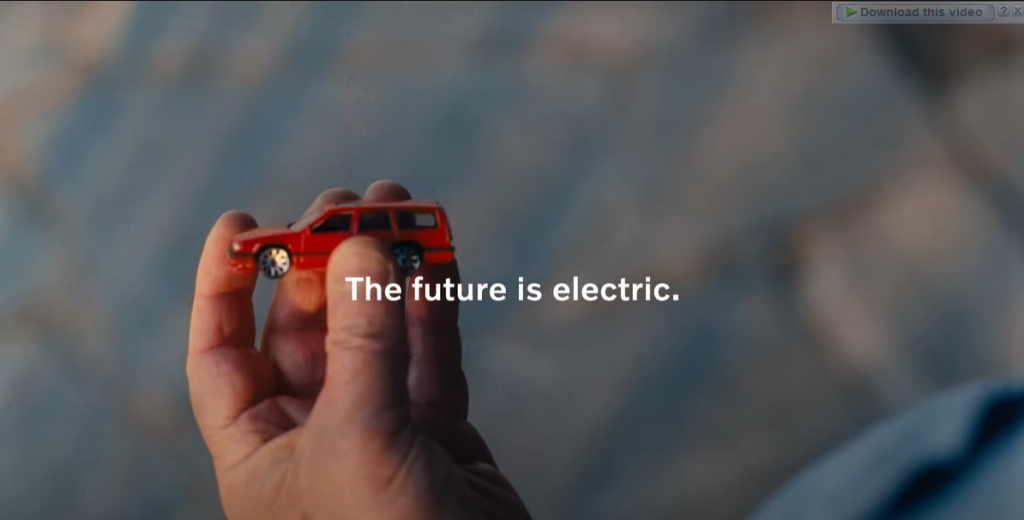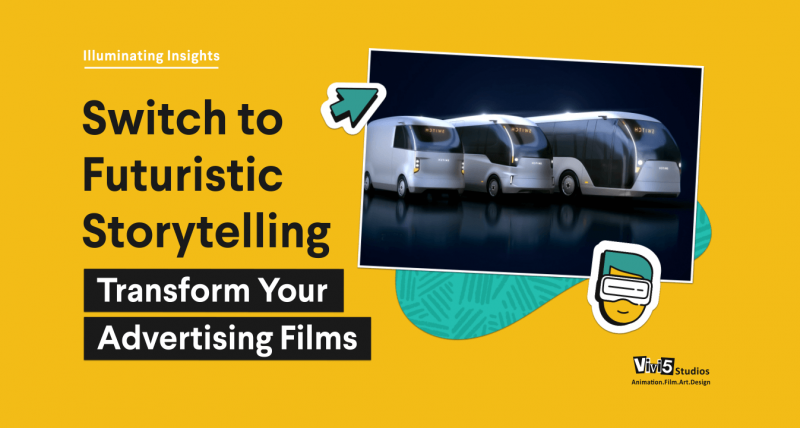With awareness on a deeper level, the audience resonates and reciprocates, adapting to the future mindset
What kind of future do you think of when driving vehicles in the next ten years?
If you are even remotely thinking about commute in a futuristic world, it would smart cars, trains and self-operating pods. All running on electric, solar or alternate technology! It is indeed the rise in popularity of many smart tech-driven vehicles that are paving the way for Alternative Fuels such as Hydrogen, LPG, and CNG also becoming more inevitable.
These fuels do not produce any carbon emissions, and they help us retain a cleaner and greener environment. Hence, it is imperative for a sustainable future, that these continue to play a prominent role in the way we envision our mobility.
As a matter of fact, alternate fuel technology is not relatively new to the industry. Concepts have been explored previously during the development of the automobile industry since the 1900s. For example, Karl Benz’s initial engine design ran on peanut oil, a biofuel. Henry Ford’s first production car ran on ethanol and his wife drove an electric vehicle. These inventions were created with a fear of running out of our oil supplies; and our natural resources in the near future.
Today we have come full circle as those fears are becoming a reality. It is indeed unfortunate that the Karls and Benzs of those times were not able to explore and advance their innovation of different energy sources that we have now rebrand as alternate fuels. Yes, there must have been technological and economic limitations then, but it would have certainly led us to discover some remarkable innovations to advance the use of alternative fuels as parallel sources.
Not much has changed with these limitations in recent times and the stakes have only become more challenging with time
If it’s so important for today, why is difficult for us to adopt Alternate fuel technology?
When adopting newer technologies, there are certain risks that companies and customers undertake. They mostly face barriers due to limited knowledge, and operational & economic factors.
From the manufacturer’s perspective, alternate fuels require technological advancement on different levels such as storage, production, and distribution. These advances demand substantial infrastructural development, particularly in the storage of fuels like hydrogen and other gasses, which entails significant investment and can potentially drive up distribution costs.
On the customer’s end, there are many contributing factors that considerably slow the very acceptance of alternate fuel vehicles. Price is one of the major factors for the same. People want to buy vehicles that serve not only their aspirations and are easy on finances but also drive them for a longer time. And with the new alternative fuel vehicles they seek these attributes and a lot more reliability that comes with supposedly ‘higher’ price tags. This certainly has enhanced the desire of customers to opt for the long game and welcome technological evolution. They expect to reduce their commute costs and get competitive alternatives to traditional fueled vehicles.
Just as the awareness of these technologies advances, customers and manufacturers are in constant need of information translations that are simple, easy to understand and latest from the field. What is needed is communication bridges for us to outweigh biases, to bring more clarity to the customers, so as to make them more receptive to this ever-changing advancement in automotive technology.
What are some of the best ways to engage with your audiences on your innovations?
You can consider three different types of narratives to engage your customers through communication stories.
- Educational Films/Explainer Films: As the name explains, put out videos that explain your technical advancements. Explain to people in simple terms about the reduced emissions, efficiency, and sustainable energy sources. Using clear language makes the information easily accessible and understandable.
- Promotional Films: Promote what makes your alternative technology admirable. Use different mediums such as Social Media, posters, and more. Using catchy slogans and unique designs can have a memorable impact on people. It is the essence of your vision and dreams.
- Inspirational/PSA Films: People who are inspired are the ones who join a cause. Inspiring people through a mix of facts and inspiration factors can push people to adopt newer technologies and be excited to join your movement for a better future.
Narratives are one of the many adopted tools by brands to convey such messages for deeper impact. One of the interesting examples of this is the Nissan Leaf commercial.

Here, the use of emotional gestures is a powerful storytelling technique that highlights the significance of electric vehicles. When the polar bear hugs the man, it is a heartfelt scene where one man is trying to make a change in all this pollution and global warming. It personally created a likability towards an interest in buying an electric vehicle in the future. The concept of impending doom now has a solution in the transportation industry. The answer is alternate fuels. This commercial is the perfect embodiment of the strategies written above.
What is the future of EV and Alternate-Fuel Technology space?
By 2030, many World Governments plan to pass laws to stop the production of Internal Combustible Engines, the industry is required to innovate new designs to power vehicles and perform the same as the traditional diesel & petrol. This explains why many new brands appearing in the Indian markets which has led our Government to encourage and support them by holding expos on International standards.
Many companies have been working towards this future promise of sustainability. There will be a day when Alternative fueled vehicles will become the norm and crude oil-powered vehicles will take a backseat and that day might not be too far.

Volvo’s advertisement “The Future is Electric” for their XC40 Recharge car – is an excellent demonstration of accepting and understanding the shift towards alternative fueled vehicles.
The XC40 is a much-loved car among Volvo users. This advertisement portrays the beautiful bond between a grandfather and his granddaughter, bridging tradition and modernity by encouraging customers to appreciate their classic cars while acknowledging the importance of progress and relevance.

Another great example of this comes across in the film by Vivi5 Studios – “Towards a Greener Future with Alternate Fuel Technology” for Ashok Leyland. Understanding the company’s vision and dreams helps people to resonate with the brand. Ashok Leyland takes its audiences along on the commitment and quest for a greener future, with technologies such as Hydrogen-Powered Fuel Cells, Hydrogen Internal Combustion, CNG, LPG, and Electric vehicles. On the path to achieving Net Zero, the brand is determined to innovate newer technologies that have the potential to make a significant difference in a sustainable and eco-friendly future.
It gives people a sense of pride that Ashok Leyland is helping their clientele to be future-ready with their adapted alternate technologies.
The way brands and technology are portrayed shapes people’s perspectives to resonate with them. You know that the ad or campaign has touched hearts and ignited minds when you see the positive responses you get. Just like the Switch Mobility Film.

Switch aims to explore different technological advancements and experiment with using them to create a better driving experience through digital expansion. For an audience to understand an automobile brand, they need to know how the brand is going to help them, to make a positive change in their day-to-day lives.
A good advertisement or brand communication film can make it easy for the brand to connect with its end users on a personal level. These communications, when done right, have the power to foster a community that supports your brand ethos, let alone the technology and design. With awareness on a deeper level, the audience resonates and reciprocates by adapting to this future mindset. Then it is just a matter of seeing this mindset drive their purchases and opt for your innovative product over the other.
A Greener Tomorrow
Alternative-fueled vehicles are the future. You, the tech creators, are the future drivers of mobility. And your stories need to be told to bring you future mobility riders.
We too are taken by this new wave of automobile technologies and have had some wonderful opportunities to tell stories for some of the industry pioneers such as Ashok Leyland, Switch Mobility, and Reliance Energy; and we are primed to tell your stories. With the unlimited potential and opportunities that this industry has to offer for a greener-cleaner future, we can make all the difference in the world for the world.
Written by Suraj Sridhar





